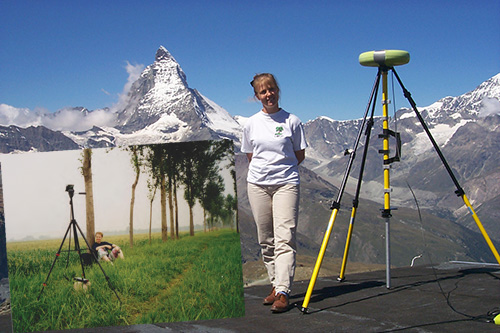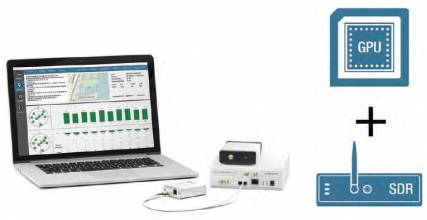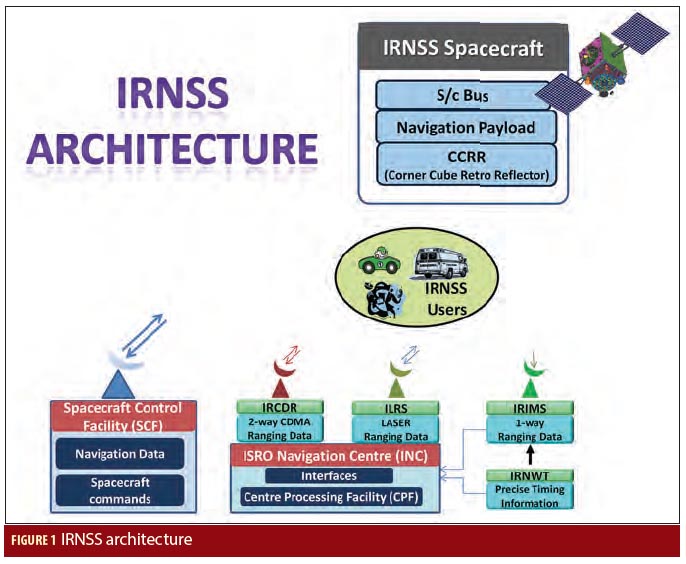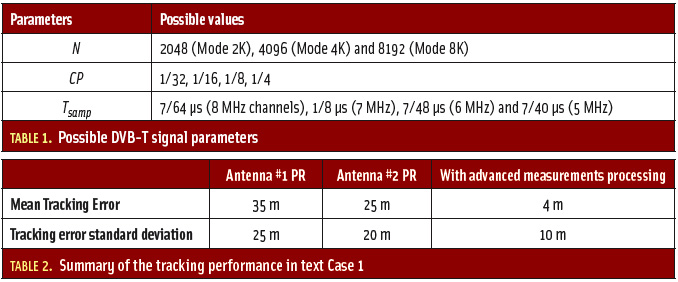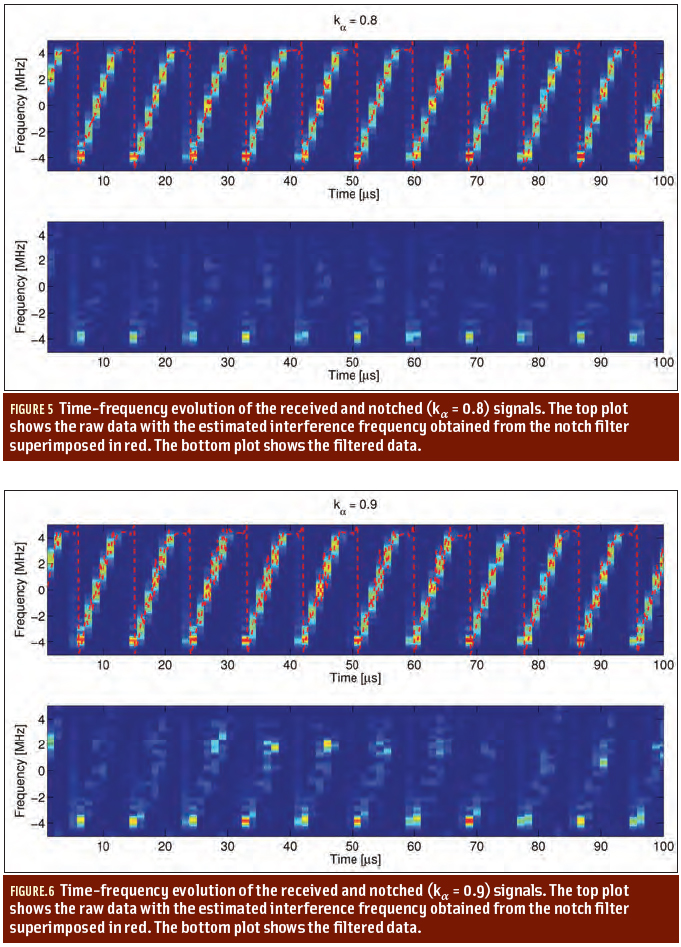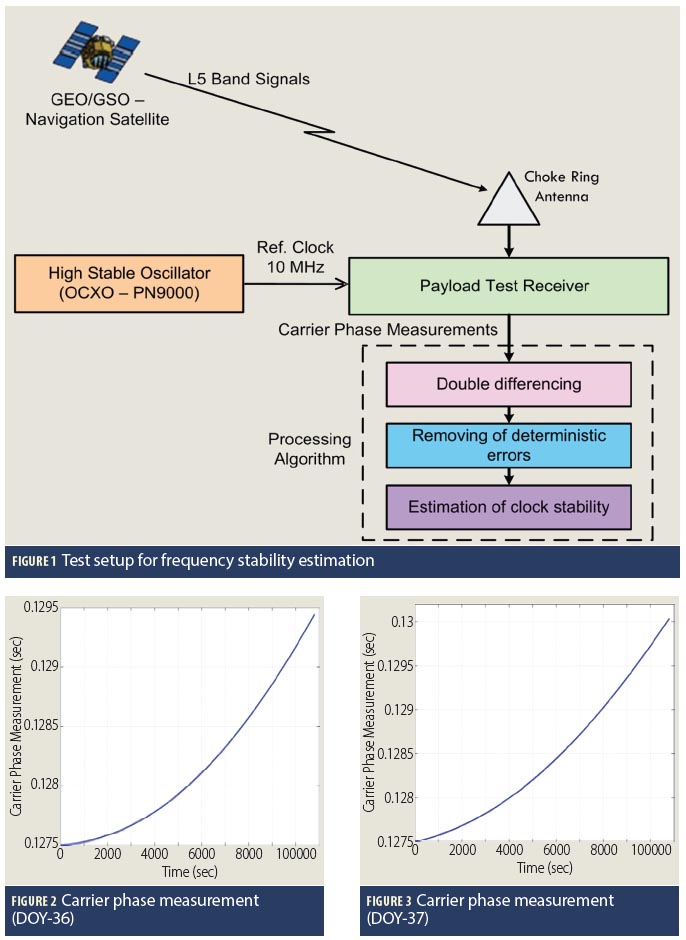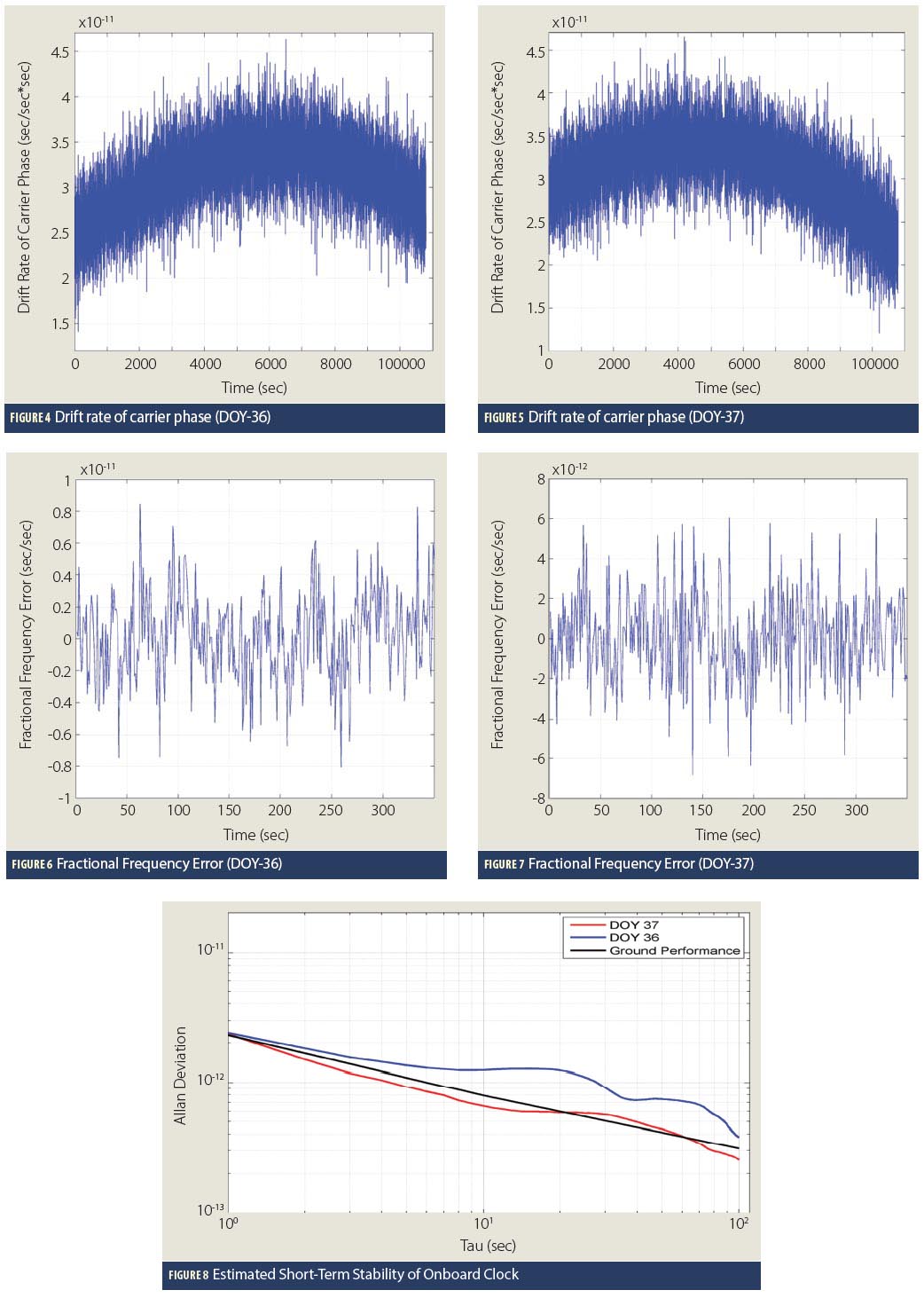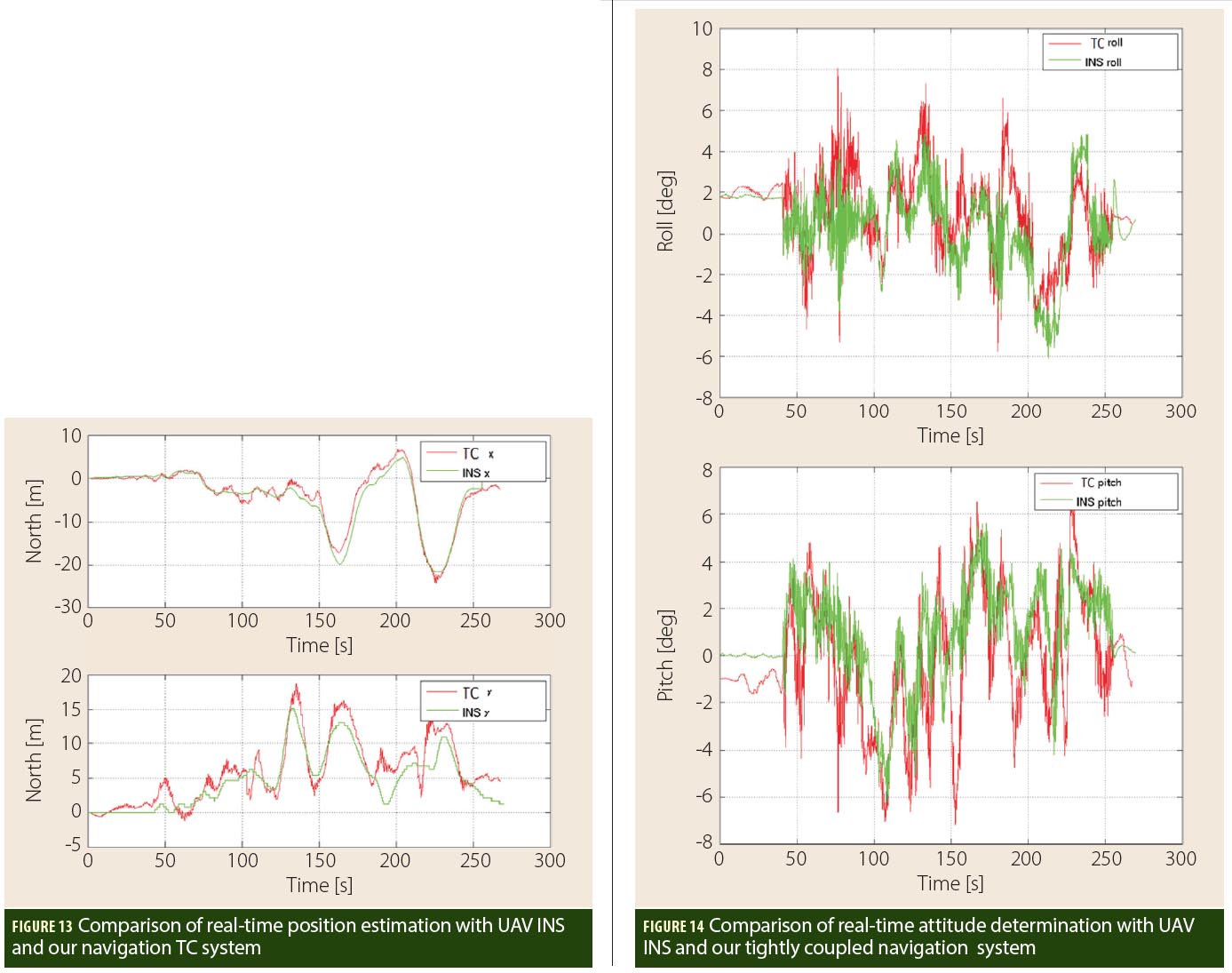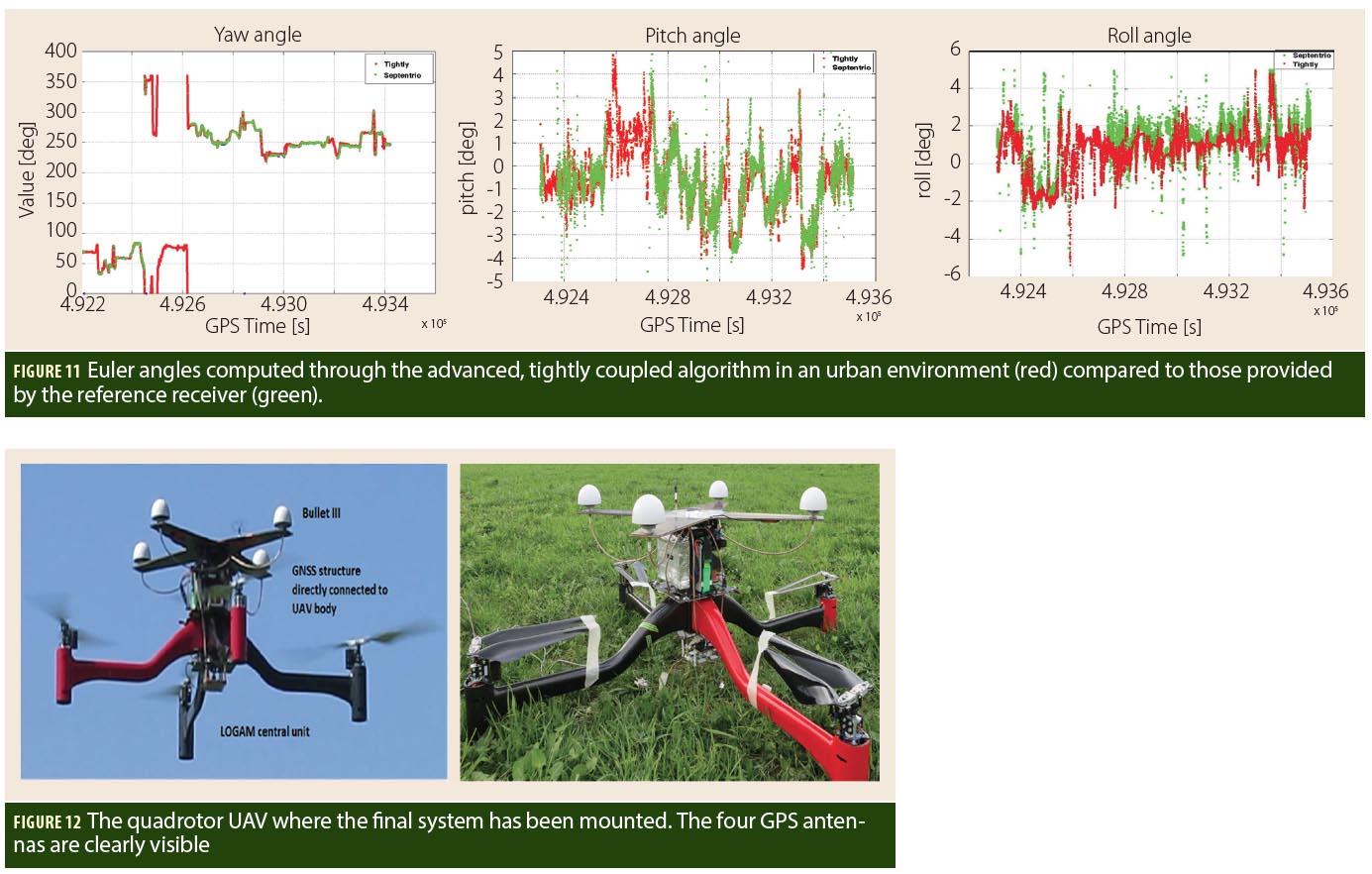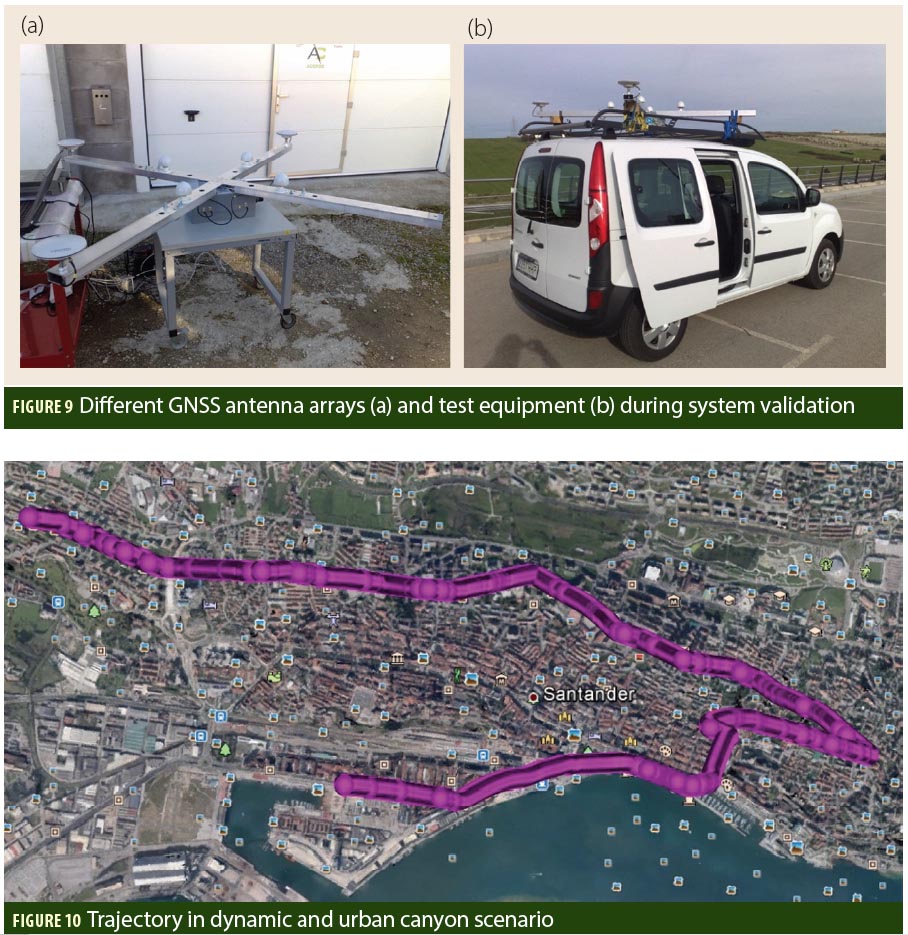The availability of several GNSSes promises advanced positioning, navigation, and timing services with higher availability and improved accuracy. According to a European GNSS Agency (GSA) market study, nearly 60 percent of receivers, chipsets, and modules already support at least two GNSS constellations, showing that multi-constellation is becoming a standard feature across all market segments. That development brings up questions of law and regulation that require careful handling by GNSS manufacturers, service providers, and policy makers.
Read More >
By Ingo Baumann


